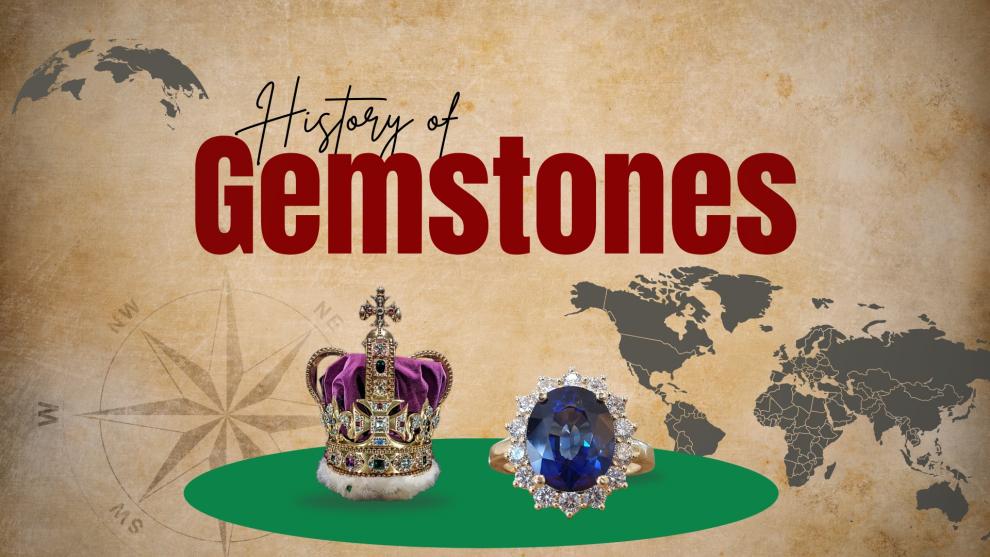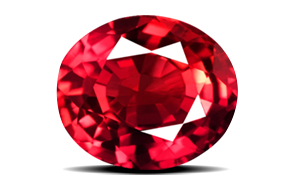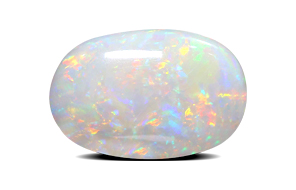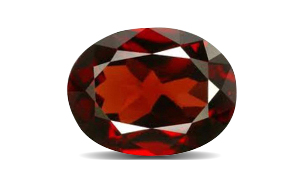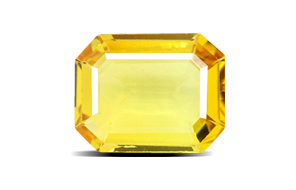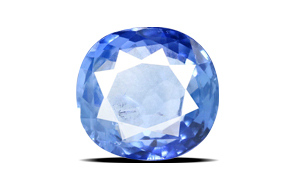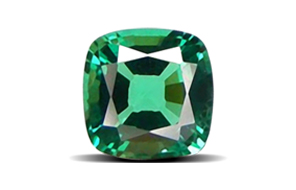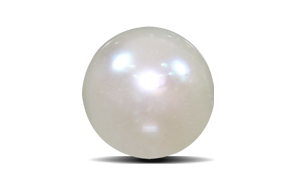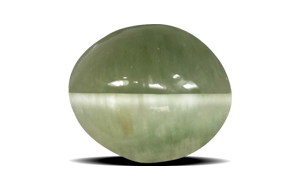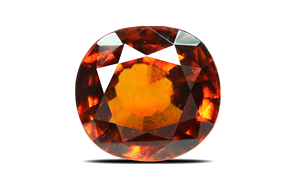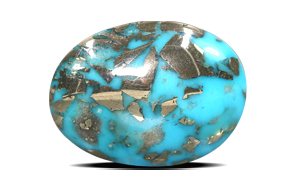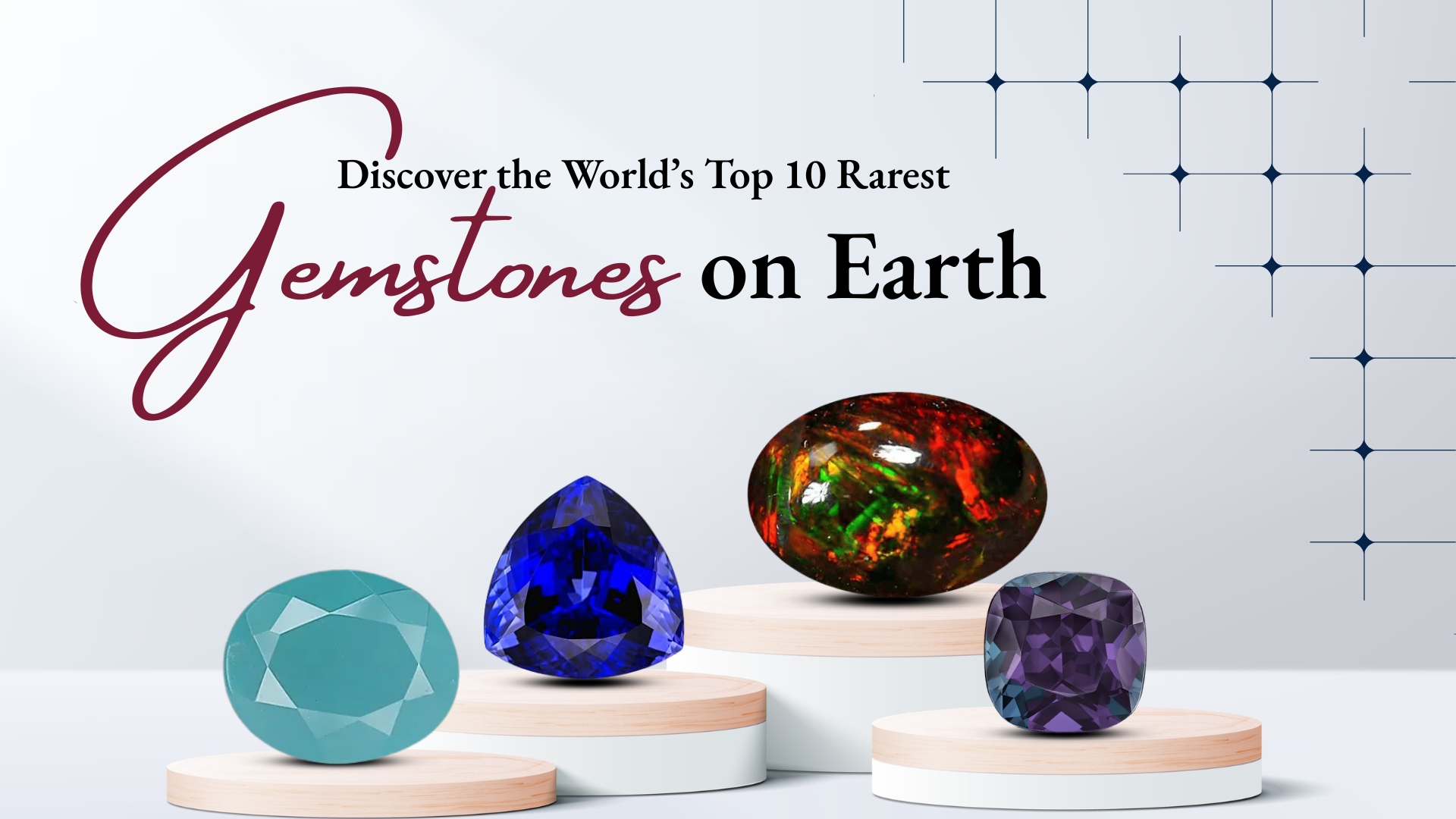Gemstones have attracted humanity ever since the beginning of civilization. They were being worn by countless kings and queens in the past. Even today, many celebrities wear these gems for their significance and healing benefits. Inside the colorful glaze of gemstones lies a fascinating microcosm of history, scientific advancement, and metaphysical belief.
This full guide to gemstones will assist you in understanding gemstones better, including how they are formed, what they mean in the context of our lives, and most importantly, their cosmic influence on everyone's life.
Importance of gemstones in human history
Gemstones were not only admired as beautiful objects, but throughout ancient cultures, they were worn for their exceptional metaphysical powers. Egyptians used to bury their ancestors along with gemstones such as lapis lazuli, turquoise, and carnelian, because they associated them with the gods, and a journey into the afterlife.
In Mesopotamia, the gemstones were used in making all kinds of royal seals belonging to kings and priests. In India, too, gems were worn for their power to heal the malefic effects of various planets placed in the horoscope. Greeks and Romans used to wear many gemstones, such as ruby and Tiger eye, since they were believed to protect the warriors from fatal injuries in the war. All these examples tell us about the importance of gemstones in human history.
What is a Gemstone?
A gemstone is a naturally occurring mineral, rock, or organic material that has been cut and polished for decorative use. These beautiful pieces are considered valuable due to their beauty, hardness, rarity, and often any symbolism associated with them. Many gemstones are minerals - sapphires and emeralds are two examples, and some are organic materials such as amber (tree resin) and pearls (from mollusks). To be classified as a gemstone, all three of the following criteria must be met:
- Hardness and durability
- Rarity or uniqueness
- Beauty (color, clarity, luster)
Are Gemstones Only Used in Jewellery?
No, gemstones are not just for jewelry making. Even though Rings, necklaces, and earrings are the most recognized ways of wearing gemstones, and while jewelry is the primary way gemstones are used, they can be of use for other purposes.
Astrology and Healing: Many cultures believe that gemstones can manipulate planetary energy and aid spiritual health.
Industrial Use: Because of their hardness, diamonds are useful in cutting tools and specialized instrumentation.
Scientific use: Gemstones, in part, help geologists understand the Earth's formation and mineral composition.
Cultural or Religious use: You will often find stone artifacts in Indian temples, embedded in idols and altars.
Collectibles or Investment: Because of their rarity and expensiveness, many gemstones are bought for collection or investment.
Are All Gemstones Mined?
Although the majority of gemstones are mined from the Earth, not all gemstones come from underground mines. Many gemstones, such as pearl, red coral, and amber, are considered organic gemstones, which are formed by marine organisms or from
Mined Gemstones
Most gemstones like emeralds, rubies, sapphires, and diamonds are extracted from geological formations through mining operations across Africa, Asia, South America, and Australia.
Organic Gemstones
Some gemstones are not mined in the traditional sense, as they are organic in nature. For example, pearls come from oysters, amber is fossilized tree resin found on land and underwater, and coral is created by marine organisms that inhabit ocean reefs.
Lab-grown Gemstones
With modern technology, synthetic gemstones are now created in laboratories. These gems are chemically identical to natural stones but are often more affordable and ethically sourced.
How Many Gemstones Are There?
There are over 300 recognized gemstones in the world, but only about 50–60 are commonly used for the purpose of making jewelry or for astrological use.
Broad Classifications:
- Precious Stones: Diamond, Ruby, Emerald, Sapphire
- Semi-Precious Stones: Amethyst, Citrine, Garnet, Peridot, Topaz, etc.
- Rare and Exotic Gems: Alexandrite, Tanzanite, Spinel, Paraiba Tourmaline
Each gemstone has its own unique metaphysical, visual, and energetic properties, making them special in their own right.
History of the Nine Astrological Gemstones in Vedic Astrology
In Vedic astrology, the Navratnas or Nine Sacred Gemstones are used to balance the energies of the Navagrahas (nine planets). Each gem is linked to a specific planet—
- Ruby (Manik) for the Sun
- Pearl (Moti) for the Moon
- Red Coral (Moonga) for Mars
- Emerald (Panna) for Mercury
- Yellow Sapphire (Pukhraj) for Jupiter
- Diamond (Heera) for Venus
- Blue Sapphire (Neelam) for Saturn
- Hessonite (Gomed) for Rahu
- Cat’s Eye (Lehsunia) for Ketu.
These gemstones are believed to enhance positive planetary effects, neutralize malefic influences, and attract success, health, and prosperity. They are worn based on kundali analysis, typically set in gold or silver, and placed on specific fingers to optimize their astrological benefits. Explore More About 9 Vedic Astrological Certified Gemstones
Conclusion:
From the fiery depths of the Earth to their place in astrology, gemstones have always represented power, healing, and fate. In Vedic astrology, these colorful stones are thought to harmonize planetary energies and change lives, but only if they’re natural and certified.
If you’re looking for genuine, lab-certified astrological gemstones in India, look no further than RashiRatanBhagya is the most trusted name in the world of gemstones and Rudraksha. With certifications from respected labs like IGI, ITLGJ, and GJSPC, each gemstone guarantees purity and cosmic effectiveness.
About The Author
Mr. Mukul Vashisth is an experienced Content Writer with over 7 years in the industry. He has worked with leading media, Gemstone, Jewelery(e-commerce), and digital marketing companies,creating impactful and SEO-friendly content. At Rashi Ratan Bhagya, he blends creativity with clarity to craft engaging blogs, and website content to inform and inspire readers.

